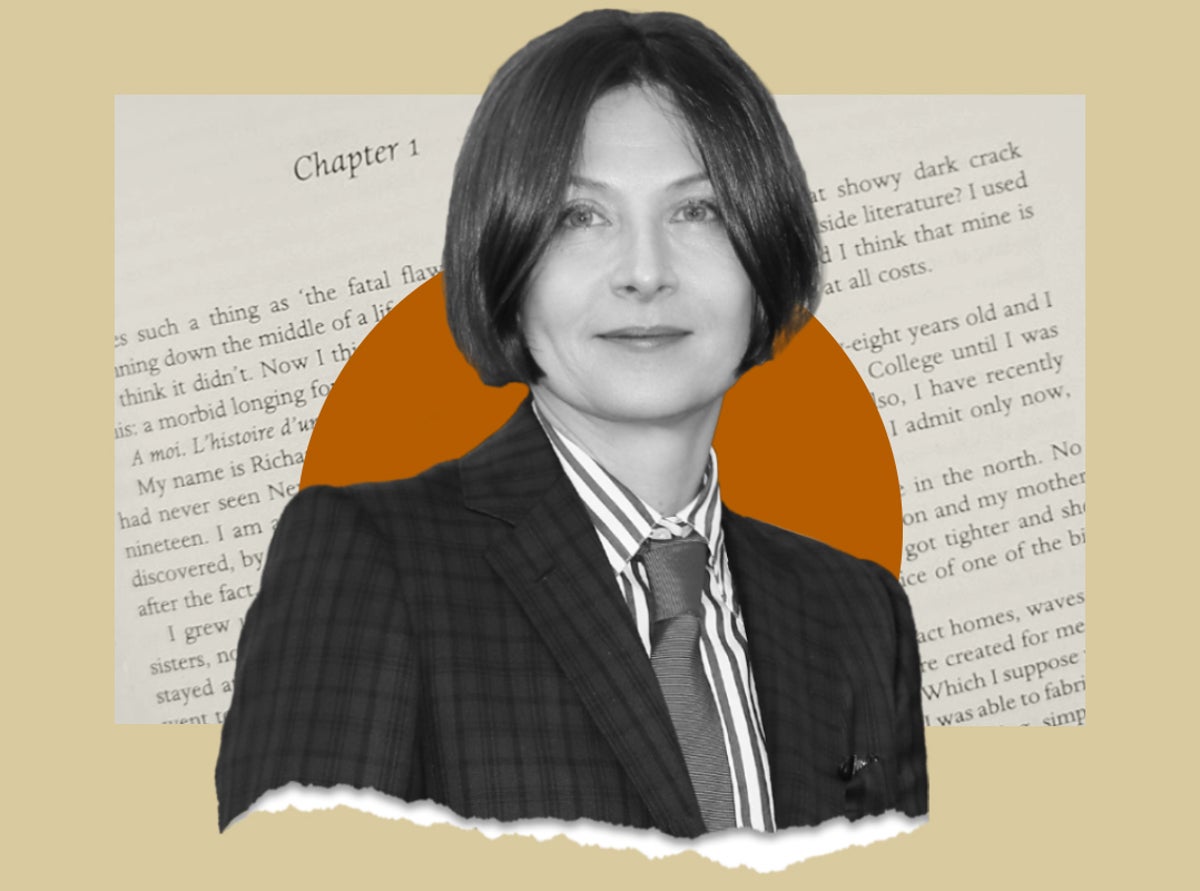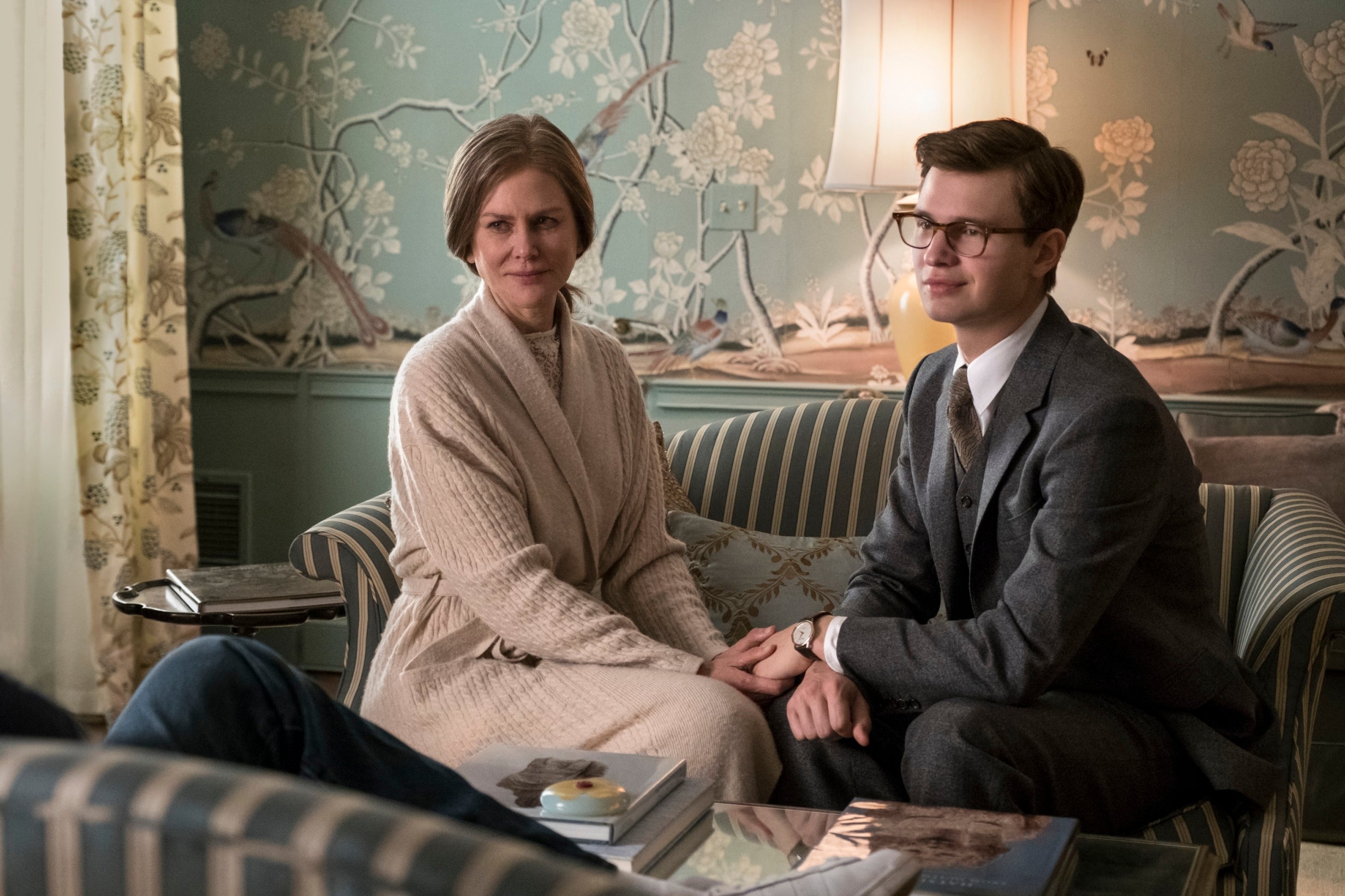
The snow in the mountains was melting and Bunny had been dead for several weeks before we came to understand the gravity of our situation.” The Secret History haunts you from its very first sentence. At the start of Donna Tartt’s debut novel, which turns 30 this month, we’re queasily aware that something unspeakable has happened. There’s a “body at the bottom of the ravine with a clean break in the neck”. A death that has prompted “one of the biggest manhunts in Vermont history”. How did it come to this?
It’s a literary beginning that has lost none of its power over the past three decades, and neither has Tartt’s book. Since its release in 1992, the novel has sold more than 2.3 million copies in English alone, and her work has been translated into 40 languages. The book’s cult appeal is only growing stronger. Gen Z has adopted the author as the originator of “dark academia”, the moody literary aesthetic that is wildly popular on TikTok (all sepia-toned shots of dreaming spires… and plaid, lots of it). Her story also chimes with “the current resurgence of Greek mythology retellings” in the industry too, says book publicist Emily Goulding (think Madeline Miller’s The Song of Achilles, another BookTok favourite, or Pat Barker’s The Silence of the Girls).
Tartt’s own enigmatic persona certainly hasn’t hurt her book’s mystique. Her rise is the stuff of literary legend. She started writing while studying at the very Hampden-esque Bennington College in Vermont alongside literary enfant terrible turned full-time millennial-basher Bret Easton Ellis; here, she took Classics lessons from the Morrow-alike professor Claude Fredericks. The literary world was soon ablaze with anticipation: after a fierce bidding war, The Secret History sold to publishers Alfred A Knopf for a staggering $450,000, a deal brokered by Tartt’s powerhouse agent, Amanda “Binky” Urban. It was published when she was just 28 (before that, Knopf reportedly had to print a second round of advance copies for press, so feverish was the demand).
Somewhere between a campus novel and a thriller, the 600-odd pages of Tartt’s “whydunnit” are propelled by unease, dread and recrimination. Richard Papen, the Nick Carraway-ish narrator, arrives at Hampden College on financial aid, amid a sea of wealthy, druggy students. He’s instantly enthralled by a group of Classicists who keep themselves well apart from their peers (aided by their insistence on littering conversations with Greek and Latin). Eventually, he’s inducted into their coterie: there is Henry, the de facto leader and “linguistic genius”, Francis, “the most exotic of the set’’, twins Charles and Camilla, and the ill-fated Bunny, WASP-y and brash. All of them are acolytes of charismatic Classics professor Julian Morrow, who only accepts a handful of pupils into his class each year. “I hope we’re all ready to leave the phenomenal world and enter into the sublime?” he asks, the high priest of his own tiny cult.
Every cult, of course, has its rituals – and this is where things take a turn, first bacchanalian, then deadly. The weeks after Bunny’s murder, when Henry and co attempt to carry on as normal but find their lives suffused with paranoia, are a sustained exercise in suspense. “There are very few novelists that can keep a book taut for 650 pages,” says Jess Farr-Cox, lecturer in English at the University of Bristol. “It’s so clever to be able to do that, particularly when there’s no kind of ambiguity about who died, or how. You’re in possession of the facts, so really there shouldn’t be any tension at all. And yet she manages to keep it so tense. It’s extraordinary for a debut novel.”

By the time of Bunny’s death, we’re too far gone, way too drunk on the group’s weird glamour to judge. Richard’s fatal flaw, he notes at the outset, is “a morbid longing for the picturesque at all costs”. He has a tendency to aestheticise his friends, elevating their actions from the stuff of murky potboiler to Greek tragedy. Even after the murder, he can still barely believe that they have chosen him as one of the elect (is it possible to be flattered into complicity?). The book inspires devotion similarly, by letting us into the inner world of an elite: reading it feels a bit like being let in on a horrible piece of hearsay that you definitely shouldn’t know about, but have to listen to all the same.
It would go on to spend 30 weeks at the top of The New York Times bestseller list, while various myths about the writer started to take seed – some the result of her own self-fashioning, others speculation. She had a recording of TS Eliot as her answerphone message, oneVanity Fair interview claimed. Another story had her reading Ezra Pound cantos in the canteen at college; another, taking her pet pugs everywhere she went.
You’re in possession of the facts, so really there shouldn’t be any tension at all. And yet she manages to keep it so tense
Elsewhere, in a 1992 essay for Harper’s magazine, Tartt painted a picture of a southern gothic childhood “submerged in a pretty powerful altered state of consciousness”, thanks to her great-grandfather’s insistence that she take codeine for her “bad tonsils”. And then there was her image: the sleek, angular black bob, cut to recall the Jazz Age actress Louise Brooks; the unfussy, androgynous shirts and suits. “I think she’s cultivated that deliberately, the way she gets photographed,” Farr-Cox notes. “She looks incredible, but she gets photographed in this very enigmatic [way], often black and white, perfect hair, the very tailored, very understated, elegant clothes. I think that’s part of [the persona] as well.”
Yet all the attention, Tartt said in one interview published just a few months after the book’s release, was like “this glaring light turned into your face” – it made her feel “like I’m a criminal”. And so after The Secret History’s publicity blitz, Tartt retreated. For the best part of a decade, she didn’t take on interviews or attend literary galas, and though her reputation as a recluse may have been exaggerated (“You can’t be Salinger and be represented by ICM,” as Easton Ellis once sharply put it), it’s hard to imagine a debut author doing a fast one like that now. It’s difficult “to make it onto anybody’s radar without any social presence” in the present literary landscape, Goulding notes. That’s especially true for first-timers, who are often buoyed by “bookstagrammers and bloggers” who are “huge cheerleaders for debuts”.
There were more rumours to come – she’d had a breakdown! She’d bought a private island! – but Tartt had in fact settled into a now notorious routine, re-emerging with a doorstopper of a book every 10 years or so (The Little Friend arrived in 2002, followed by The Goldfinch in 2013). “I can’t think of anything worse than having to turn out a book every year,” she told The Guardian ahead of the release of The Little Friend. “It would be hell.”
The fact that The Secret History has never reached the screen hasn’t dimmed the novel’s appeal
That slow output has further fed the myth of a capital “A” author who writes into notebooks with coloured pencils, stapling note cards into the pages (a painstaking process recounted in a 2013 interview with the Irish Independent). Imagining her typing into a Google Doc does, admittedly, feel faintly sacrilegious. All these stories, anecdotes and quotes have conspired to create a public persona that intrigues us as much as it tries to drive us away. That’s the paradox of being famous for being private, surely – still, Tartt remains fiercely protective of her personal life. Her legal team recently sent warning letters to the creator of a podcast about her time at Bennington (which inevitably created a wave of interest in the podcast and its contents).
The fact that The Secret History has never reached the screen hasn’t dimmed the novel’s appeal: the story of the various Hollywood attempts to take on Tartt’s novel is a saga of starry names and discarded scripts that only bolsters the book’s legend. Warner Brothers acquired the rights in 1992, with Alan J Pakula, the Oscar-nominated producer of To Kill A Mockingbird and director of All The President’s Men, overseeing the film’s development.
Joan Didion and her husband John Gregory Dunne were hired to tackle the screenplay, and if the combination of Tartt and Didion sounds too good to be true, rest assured it really was. Pakula was never happy with the couple’s efforts, and after he died in a car crash in 1998, the project was shelved. At some point, playwright Christopher Hampton (the two-time Oscar-winner who has adapted the likes of Les Liaisons Dangereuses, The Father and Atonement) was brought on board, along with director Scott Hicks. And then… nothing.
In 2002, Gwyneth Paltrow and her brother Jake revealed that they’d struck a deal to develop an adaptation with Miramax, in an announcement that coincided with The Little Friend’s publication. She would produce, he would direct. “This is a fabulous project that I fell in love with as soon as I read it,” Miramax’s Harvey Weinstein, then at the peak of his industry power in the wake of Shakespeare in Love, said at the time. Would Gwyneth have played Camilla? It’s not hard to imagine her breezing through Hampden College, chilly and patrician in an all-white costume, somewhere between Margot Tenenbaum and Marge Sherwood, but her production never even reached the casting stage. When the Paltrows’ father Bruce died later that year, they dropped their plans, and the film rights are thought to have since reverted to Tartt.

Later, there was talk of a TV drama, which would intriguingly be helmed by her Bennington classmates Easton Ellis and Melissa Rosenberg, but the series never materialised. Television, with its growing ability to command huge budgets and draw A-list talent behind and in front of the camera, now feels like the best medium for Tartt’s story – “unless it was given space in which to breathe and expand, I don’t think [a film] would work,” Farr-Cox says. “That sense of tension – spread that over a 12-week series and it’s much more powerful than just sitting in the cinema biting your nails for three hours.”
Beguiling as the idea may be, an on-screen Secret History will most likely remain as one of pop culture’s biggest might-have-beens. Tartt was seemingly burnt by the process of turning The Goldfinch, her most recent novel, into a film. A few years before its release, a Page Six splash claimed that she was unhappy with the rights deal, having apparently hoped for a producer credit and a chance to write the screenplay; this dissatisfaction, they said, prompted her to part ways with longtime agent Urban. Then came the flurry of middling to poor reviews, as if to cement her disenchantment with Hollywood: The Independent’s critic Clarisse Loughrey described it as a “disastrous translation” of the novel, while Empire suggested “you might have more fun watching a pigeon for 149 minutes”. Its Rotten Tomatoes score currently sits at an unenviable 25 per cent.
Still, while dream-casting her debut is a nice exercise in conjecture (Timothée Chalamet? Anya Taylor-Joy?), 30 years on, a Secret History adaptation feels almost superfluous to requirements. “Readers,” Tartt has said, “really participate in the writing of a book”, and so much of that process can be lost when a story is transferred to film. “Live forever” is the students’ motto. Tartt’s novel will have no problem doing that all on its own.







